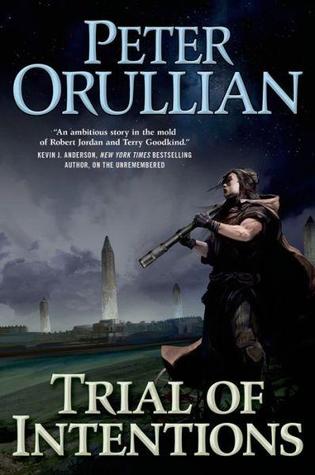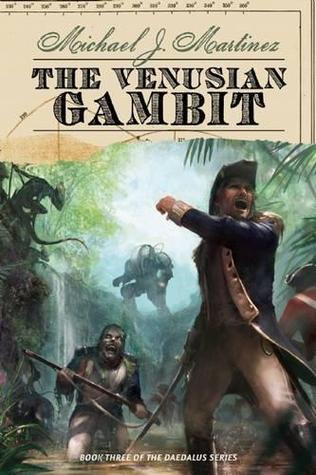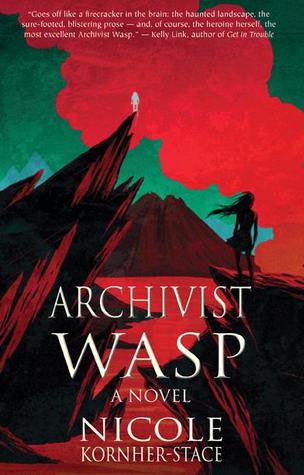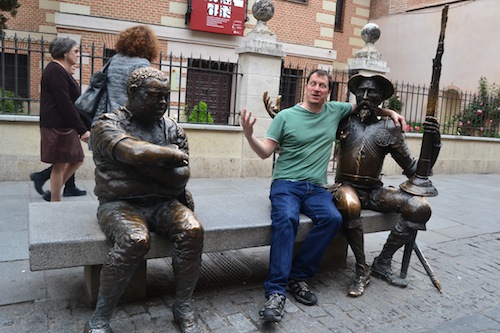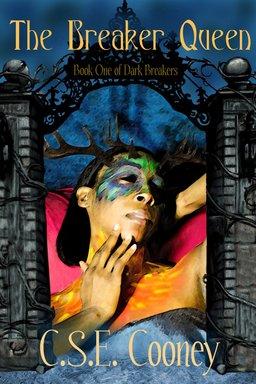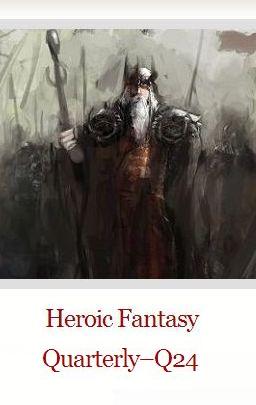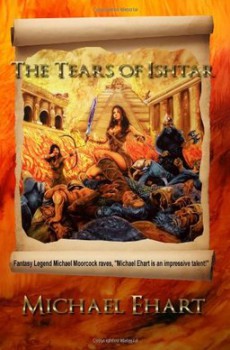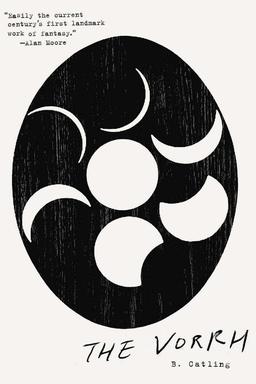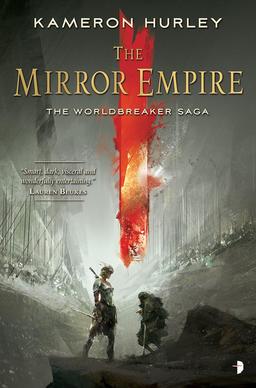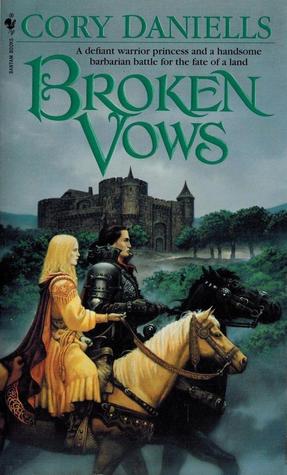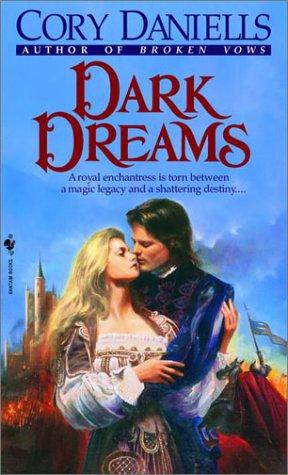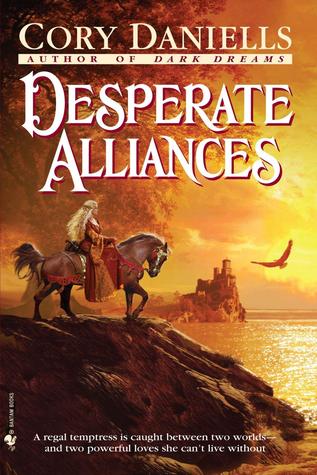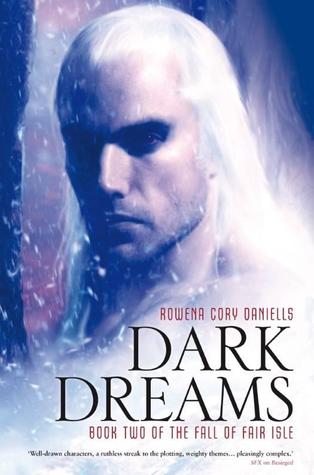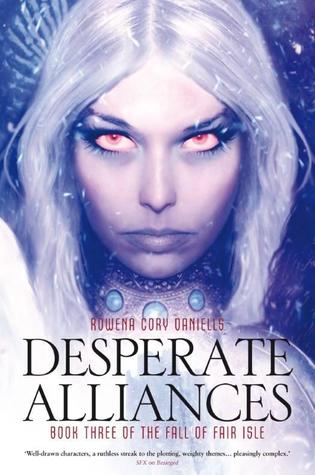 I’ve been drinking coffee from this mug since way back in the twentieth century. It was a gift, of that I’m pretty sure, but I’ve had it so long I can no longer tell you who I got it from or when.
I’ve been drinking coffee from this mug since way back in the twentieth century. It was a gift, of that I’m pretty sure, but I’ve had it so long I can no longer tell you who I got it from or when.
It survived my first marriage, a move from Arizona to Minnesota and several subsequent moves all over the Land of 10,000 Lakes, and being left through one brutal winter in a cow pasture (I lost it on a walk late in the fall; the following spring it was still there where I’d left it, sitting on the hood of a rusted old jalopy!).
It is a little worse for wear — a chip on the rim and another one on the base. The litho, though — incredibly — is pristine and unfaded, even though it’s been through hundreds of cycles in the dishwasher.
The caricature of Tolkien as a hobbit, which is repeated on either side of the mug, was done by Steven Cragg. The text, which is attributed to “Largely Literary Designs, Inc.,” reads as follows:
Ever since we were no bigger than a billiard ball we’ve wanted something important we could call our own — a yacht, for example, or a cottage in the Bahamas, or a marriage counselor who could go an entire hour without saying the word “feelings,” or, well, a mythology of Middle-Earth, to be perfectly honest with you, a unique vision of history and pre-history, good and evil, gods, devils, the whole shebang, the sort of thing J.R.R. Tolkien devised more than a half a century ago, which means we’re lucky as Frodo, of course, because thanks to modern printing technology and a newfangled bartering system called “money,” we now need go no further than our corner bookstore, pick up a copy of The Hobbit and suddenly we’re there, chucked head over heels into Tolkien’s magical kingdom, thankful that when our own world becomes too much for us, we can always turn to his.
…
Read More Read More
